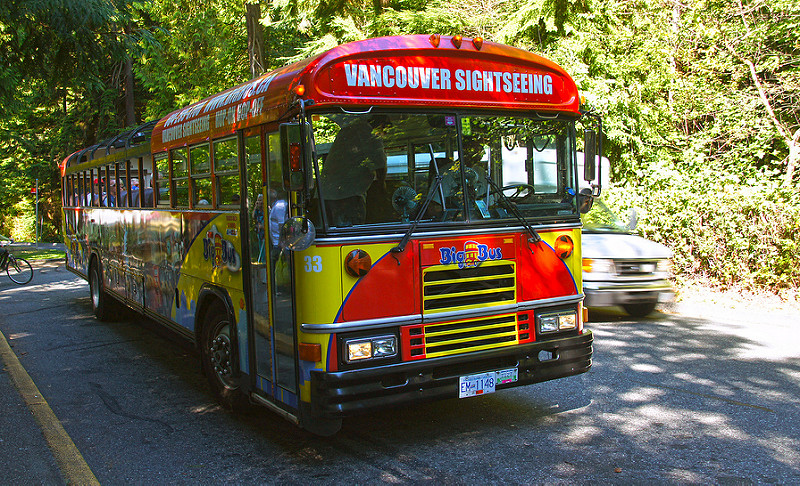When Does a Slip & Fall Become a Personal Injury Case?
A slip and fall accident can result in a personal injury claim when another party is in some way responsible for the accident and injuries occurring. It could be that a property owner or occupier failed to recognize and remedy a dangerous situation, such as a wet or uneven walking surface, or a broken step. An owner or occupier may also have intentionally or unintentionally created the dangerous situation. For example, a person could be held liable for leaving a hazardous obstacle (such as a cord, hose or toy) in a walking path where it could be reasonably foreseen that someone would trip and fall because of it. In order to have a successful slip and fall personal injury claim, you must be able to: establish who the owner or occupier of the premises is, demonstrate that it was because this party was negligent that the accident was caused or not prevented, and prove that you were injured as a result of these actions.
Determining who the Occupier is
An occupier is someone who occupies, but may not necessarily own, a property. Occupiers owe a duty of care to people on their property. Therefore, if you fell and were injured, it can be vital to your claim to establish the occupier of the property. For example, if you slip and fall on a City of Vancouver sidewalk, your claim might be subject to s.286 of the Local Government Act, which requires you to file notice with the city within two months of the accident. If you are unsure who the occupier of the property is then ask to speak with the manager and obtain their name and contact information.
Establishing Negligence
Once the occupier is established, it is then important to determine if the occupier failed to meet the appropriate standard of care. The Occupiers Liability Act sets out the basic standards that all occupiers of property must meet. Occupiers must not “create a danger with intent to do harm to the person,” or “act with reckless disregard to the safety of the person.” This standard applies to the condition of the premises, activities on the premises and even the conduct of third parties on the premises.
In determining whether an occupier was negligent, Canadian courts have applied the test of whether the occupier exercised the standard of care expected of an “ordinary, reasonable and prudent person in the same circumstances” (see Ryan v. Victoria (City), [1999] 1 SCR 201). In deciding whether the occupier exercised the required standard of care, certain questions are asked such as: how long the obstacle or hazardous condition existed; if there was good reason it still existed at the time of the accident; whether regular checks of the property were made; if warning signs could have been placed to improve safety; whether low visibility was a factor; and the expense, difficulty and planning that would have been incurred to repair the condition.
Proving Your Injuries
Once negligence has been established, it is important to prove that the slip and fall actually caused your injuries. These injuries can include, but are not limited to: bruising, lacerations, spinal injuries, soft tissue injuries, fractured bones, knee injuries, and internal organ injuries. For some, these injuries can develop into long term problems and such as chronic pain symptoms, migraines, depression, and sleep disorders. Slip and fall accidents are often even more serious for vulnerable people, such as the elderly or disabled, and in rare circumstances, they can sometimes lead to death.
The evidence for these injuries is derived from the person’s medical records outlining his or her history to compare to any relevant pre-existing conditions. The medical evidence (e.g., x-rays, ultrasounds, MRIs) is confirmed by a physician, surgeon, or other medical practitioner. There may be corroborating evidence (e.g., photos, witness statements) to support that an injury occurred from the accident.
What Should You Do If You Become Injured in a Slip and Fall Accident?
If you or a loved one have been injured from a slip and fall accident, the first step is to seek the appropriate medical attention. In some cases, this may mean calling 911 and going to the hospital via ambulance, and in other cases it may require seeing your family doctor. If possible, you should obtain relevant information for your case, such as the names and contact information of the owner or manager of the property, and details of any witnesses to the accident. Next, you should contact a personal injury lawyer with experience in slip and fall accidents.
Speak to a Personal Injury Lawyer
A slip and fall accident lawyer at Spraggs & Co Injury Lawyers in Coquitlam can provide you with a better understanding of your situation and the strength of your slip and fall case. If you choose our firm, we will advocate for fair compensation on your behalf. Our services are provided on a contingency fee basis, which means we only collect fees when we successfully resolve your claim. Our injury lawyers serve clients in Surrey, Burnaby and New Westminster, Coquitlam and surrounding areas. Contact us for your free consultation at Spraggs & Co., at 604-464-3333 or 1-866-939-3339.
